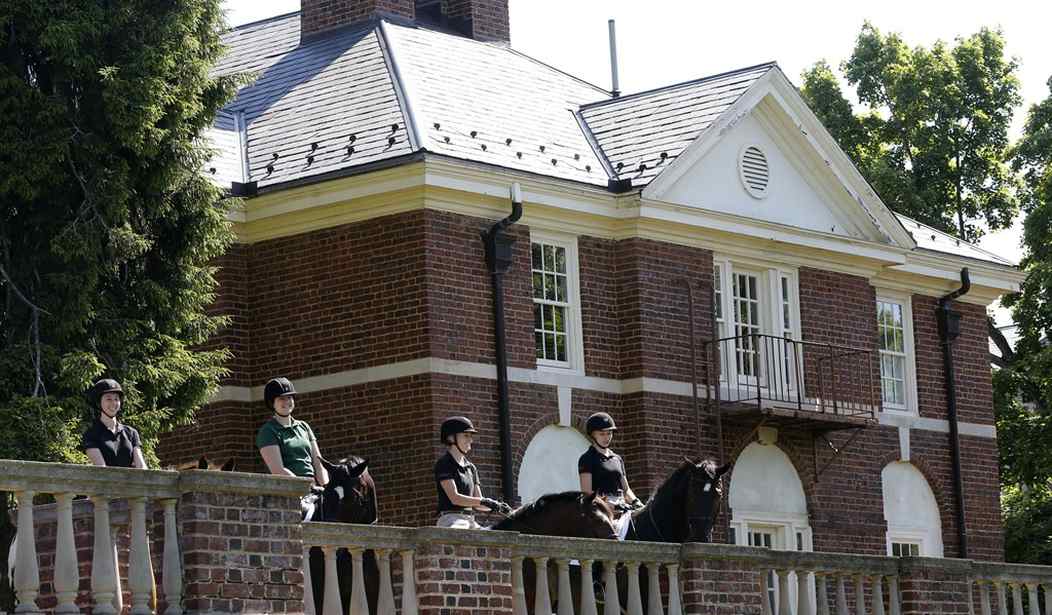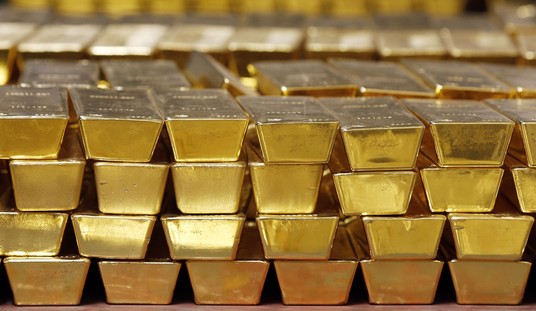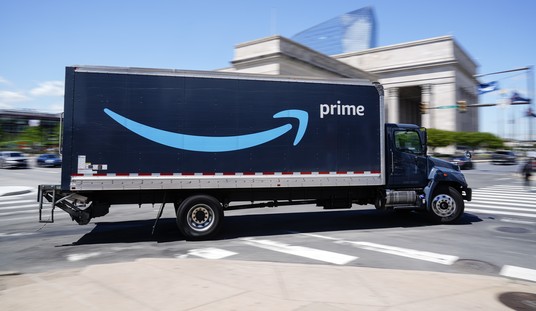While college students around the country are burdened with over $1 trillion in student loan debt, a report from the Federal Reserve Bank in New York shows that the federal student loans have increased the cost of college tuition, but college enrollment did not increase.
The Washington Free Beacon highlighted the relevant parts of the report:
According to the report, yearly student loan originations grew from $53 billion to $120 billion between 2001 and 2012, an increase of about 126 percent. During this time frame, average sticker-price tuition nearly doubled, rising from $6,950 to $10,200 in constant 2012 dollars.
The report found that for each dollar of federal aid applied, tuition increased as well.
“We find that each additional Pell Grant dollar to an institution leads to a roughly 55 cent increase in sticker price tuition,” the report says. “For subsidized loans, we find a somewhat larger passthrough effect of about 70 percent.”
The report clarified that the authors specifically looked at sticker-price tuition, rather than net tuition, because it was more readily available on an annual basis.
Despite the increase in college tuition, student enrollment numbers did not increase:
“Studying the effects of increased supply in aid on enrollments is important because expanding access to postsecondary education, especially to lower-income students, is one of the stated goals of the Title IV programs,” the report says.
The bank’s statistical analysis found a correlation between Pell Grants and enrollment but not loans and enrollment.
“This would suggest that only grants, but not loans, raise enrollments,” according to the report. The authors acknowledge that their analysis only measures short-run changes and that it “may take time for institutions to expand their capacity.”
Recommended
So why aren't the enrollment numbers increasing despite the massive amounts of student loans? Because the rise of student loans has caused the cost of college to increase. Ergo, fewer students enroll.
The federal government has a virtual monopoly over the student loan system after it was nationalized by Obamacare. As a result, any student can get a loan regardless of their ability to pay it back, and now those who are graduating are having to deal with these burdensome debts. In fact, the class of 2015 is the most indebted class ever, with the average debt per graduate being slightly over $35,000. The stories on post-graduate students in previous years paying off their loans are heartbreaking.
And naturally, the cost of college is increasing as a result of the federal student loan program. Basic economics: higher demand results in higher costs. With a higher demand of students, schools can build new buildings, hire new administrators, etc. that is paid for through tuition hikes because of the massive amounts of federal student loans flooding the market.
I actually wrote about this subject a couple of years ago when I was briefly a blogger for The College Helper, where I talked about how the federal student loan program has created an education bubble:
A bubble, in economic terms, is defined as when prices in a particular sector rise so high that eventually the prices crash back down, resulting in an economic slump.
So in this case, if the status quo is maintained or accelerated, eventually college tuition will rise so high to the point where students won’t be able to afford to pay for college anymore, resulting in a such a massive decrease in demand that college tuition will be extremely low. While that sounds hunky dory, tuition at too low of a price results in universities being unable to afford too many important resources and will have to downsize.
Sounds eerily similar to the housing bubble doesn't it?
The federal student loan program is a classic example of good intentions with unintended consequences. It is a noble idea to have everyone go to college, but the federal government's involvement has made higher education more costly while students drown in debt with useless degree in a sluggish job market.
What would be best is if the student loan system was privatized, so that way the loans would go to those who are more likely to pay it back. And for those who can't get a loan, there's always the option of working to pay for college. Or maybe you don't go to college. For some people, college may not be the best option for them. Seems to be working out pretty well for Scott Walker, doesn't it?

























Join the conversation as a VIP Member